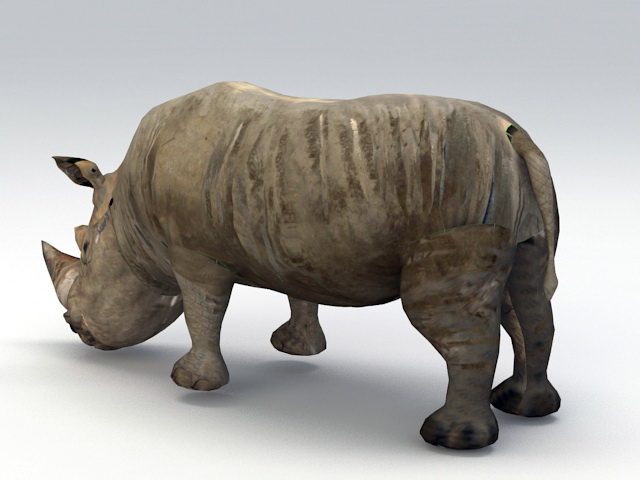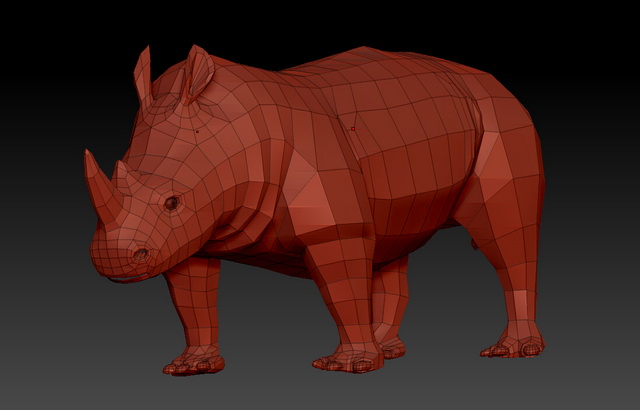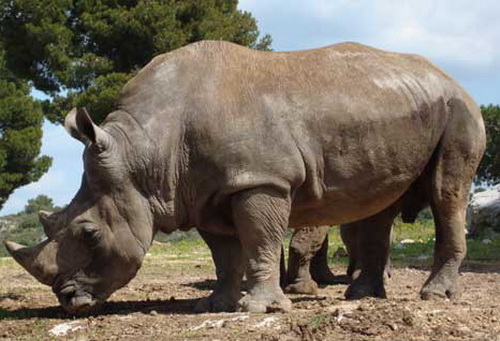

Sub-object selection and editing in Rhino can help modify topology in various ways experiment with different tools and commands to achieve your desired results.

Lastly, if two surfaces meet at an edge and you want to smooth out the transition between them, select the edge with Ctrl+Shift or edge filter and then use the MatchSrf command to match one edge of one surface with curvature continuity to another. Additionally, if you have a sphere and want to make an ellipsoid, select the control point with Ctrl+Shift or the control point filter and then use the Rotate tool or Gumball to rotate it around either the X-axis or Y-axis. Alternatively, if you have a cylinder and wish to create a cone, select the face with Ctrl+Shift or the face filter and then use the Scale tool or Gumball to scale it down uniformly or non-uniformly. For example, if you have a cube and want to create a pyramid, you can select the vertex with Ctrl+Shift or the vertex filter and then use the Move tool or Gumball to drag it up along the Z-axis.

Illustrating how sub-object selection and editing can help you modify topology in Rhino, let's look at some examples. This command can be accessed from the Surface menu, the toolbar, or by typing MatchSrf. Lastly, there is a command called MatchSrf which allows you to match the edge of one surface to the edge of another surface with various continuity options. This command can be accessed by typing SlideEdge. Furthermore, there is a command called SlideEdge which allows you to slide an edge along its adjacent faces without changing the shape of the surface. You can access it from the Gumball menu, the toolbar, or by typing Gumball. In addition, there is a graphical widget called Gumball that appears on the selected sub-objects and provides interactive handles for moving, scaling, and rotating them. The Rotate tool allows you to rotate the selected sub-objects around an axis or a point and can be accessed from the Transform menu, the toolbar, or by typing Rotate. The Scale tool allows you to scale the selected sub-objects by a factor or to a specific size and can be accessed from the Transform menu, the toolbar, or by typing Scale.

For example, the Move tool allows you to move the selected sub-objects along a specified direction or distance and can be accessed from the Transform menu, the toolbar, or by typing Move. Once you have selected the sub-objects you want to edit, you can use various tools and commands to modify their position, shape, size, or orientation.


 0 kommentar(er)
0 kommentar(er)
